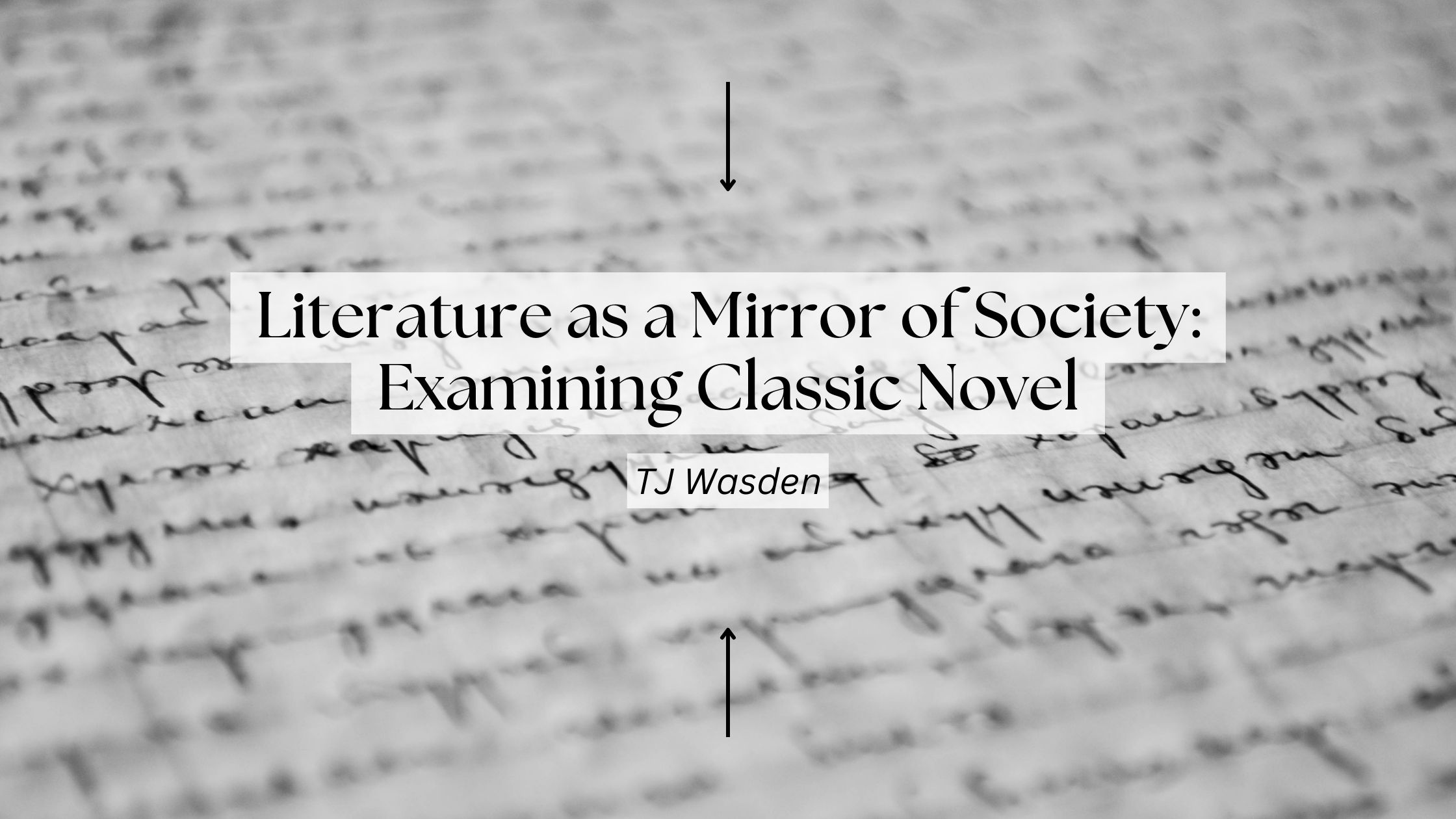
Classic novels have long held a special place in literature, not only for their literary merit but also for their ability to serve as mirrors reflecting the societies in which they were written. These timeless works of fiction offer profound insights into their respective eras’ values, beliefs, and social issues.
“Pride and Prejudice” by Jane Austen (1813):
Jane Austen’s “Pride and Prejudice” provides a window into the early 19th-century British society, particularly the role of women and the institution of marriage. The novel critiques the social norms and expectations that constrain women’s choices and explores themes of class, wealth, and societal judgments.
“Great Expectations” by Charles Dickens (1861):
Charles Dickens’ “Great Expectations” offers a vivid portrayal of Victorian England, with its stark class divisions and the impact of industrialization on society. The novel delves into themes of ambition, social mobility, and the corrupting influence of wealth.
“To Kill a Mockingbird” by Harper Lee (1960):
Set in the American South during the 1930s, “To Kill a Mockingbird” by Harper Lee addresses racial injustice, prejudice, and moral growth issues.
“1984” by George Orwell (1949):
George Orwell’s dystopian novel “1984” paints a chilling picture of a totalitarian society where surveillance, censorship, and propaganda are used to control the populace. It serves as a warning about the dangers of authoritarianism and the erosion of individual freedoms.
“Madame Bovary” by Gustave Flaubert (1857):
“Madame Bovary” by Gustave Flaubert explores the stifling constraints of 19th-century French bourgeois society. The novel is about Emma Bovary, whose pursuit of romantic ideals leads to her downfall. It offers a critique of societal pressures and the consequences of unrealistic expectations.
“The Grapes of Wrath” by John Steinbeck (1939):
John Steinbeck’s “The Grapes of Wrath” sheds light on the hardships faced by American families during the Great Depression. The novel addresses themes of poverty, migration, and social injustice, providing a stark portrayal of the era’s economic struggles.
“Brave New World” by Aldous Huxley (1932):
“Brave New World” by Aldous Huxley is a dystopian exploration of a society driven by consumerism, technology, and a disregard for individuality. It raises questions about the dehumanizing effects of a world obsessed with pleasure and conformity.
“Anna Karenina” by Leo Tolstoy (1877):
Leo Tolstoy’s “Anna Karenina” is set in 19th-century Russia and delves into the complexities of love, marriage, and societal expectations. The novel offers a nuanced examination of Russian aristocracy, morality, and the consequences of societal norms.
“Frankenstein” by Mary Shelley (1818):
Mary Shelley’s “Frankenstein” reflects the scientific and moral dilemmas of the early 19th century. The novel explores themes of ambition, ethics, and the consequences of playing god through Victor Frankenstein’s creation.
These classic novels mirror their respective societies, offering readers a deeper understanding of the cultural, social, and moral challenges that shaped their worlds. They illuminate the human condition, provoke reflection, and continue to resonate with readers across generations.
